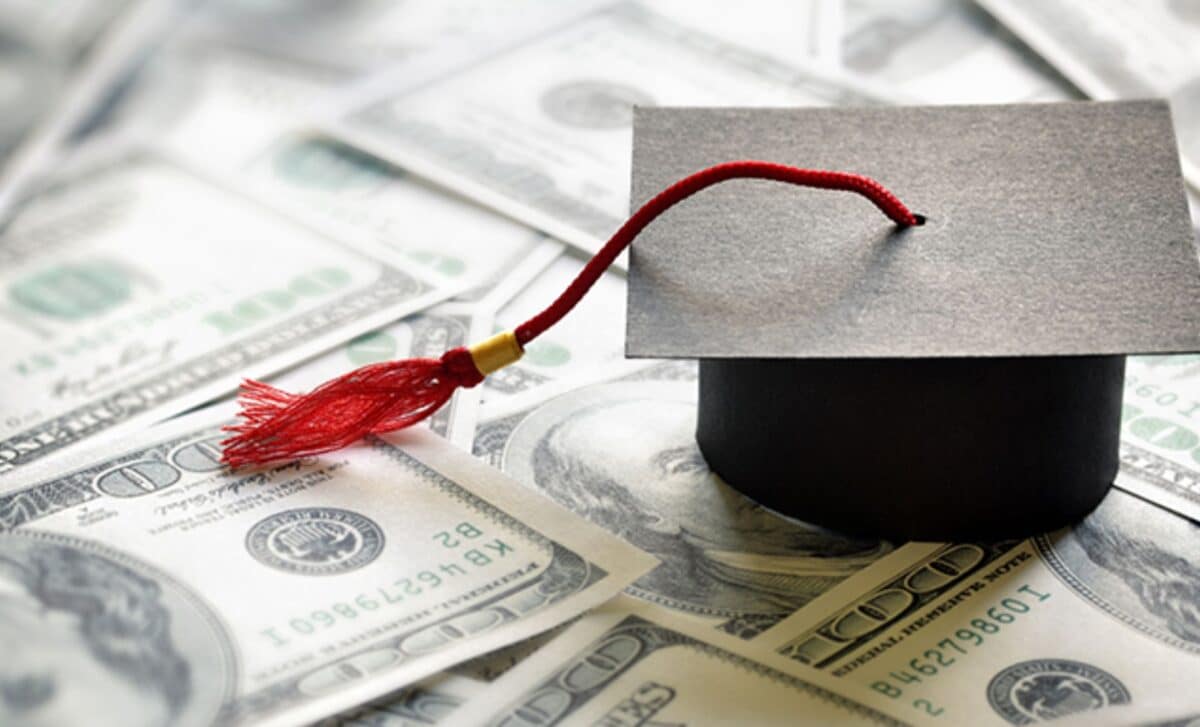Starting next month, millions of Americans with defaulted student loans will face involuntary collections, with wage garnishments, tax refund seizures, and Social Security benefit offsets set to restart after a long hiatus. This marks the resumption of a process suspended due to the pandemic and is expected to affect millions of borrowers.
The U.S. Education Department‘s decision to restart these debt recovery measures comes after years of relief, which saw a suspension of loan collections as a result of the COVID-19 pandemic.
With many borrowers now unable to meet their repayment obligations, the department is moving forward with plans to collect overdue federal student loans, beginning on May 5, 2025.
Defaulted Loans: A Growing Problem
As the Education Department resumes its aggressive collection tactics, a concerning trend has emerged. More than 5 million borrowers are currently in default, with nearly 4 million others at risk of falling into the same situation.
This brings the total number of borrowers in default to almost a quarter of the federal student loan portfolio, according to the Education Department.
For those borrowers already in default, the ramifications are severe. Starting in May, the department will reinstate its Treasury Offset Program, which enables the government to intercept tax refunds, wages, and even Social Security benefits to recover overdue debts.
Additionally, wage garnishments are set to resume this summer, after a five-year pause. The pressure on these individuals will increase, as many already face mounting financial challenges due to the economic impact of the pandemic and subsequent financial uncertainties.
Education Secretary Linda McMahon has defended the decision, claiming that taxpayers should not continue to bear the financial burden of irresponsible loan policies. She stated that the resumption of collections is necessary to ensure borrowers return to repayment, both for their financial health and the broader economic outlook.
The Challenges Facing Borrowers in Default
The return to collections comes at a difficult time for borrowers, many of whom are still struggling to understand their repayment options. The Biden administration’s student loan forgiveness plans have faced significant legal challenges, including the Supreme Court’s rejection of a broad debt forgiveness proposal.
Moreover, the income-driven repayment plans (IDR), which provide more manageable monthly payments, have been stalled due to legal restrictions.
Advocacy groups have expressed concern that the restart of collections could lead to widespread financial hardship. According to the Institute for College Access and Success (TICAS), many borrowers are already burdened by mounting debts and are at risk of further financial destabilisation.
The group argues that the return to involuntary collections, without comprehensive assistance for borrowers navigating the complex system, could exacerbate the already dire situation.
In the coming weeks, the Education Department will email borrowers in default, offering guidance on options for bringing their loans back into good standing. However, with the department facing staffing cuts and delays in processing loan rehabilitation requests, the challenge of assisting these borrowers remains considerable.









